10 Things to See in the Roman Forum
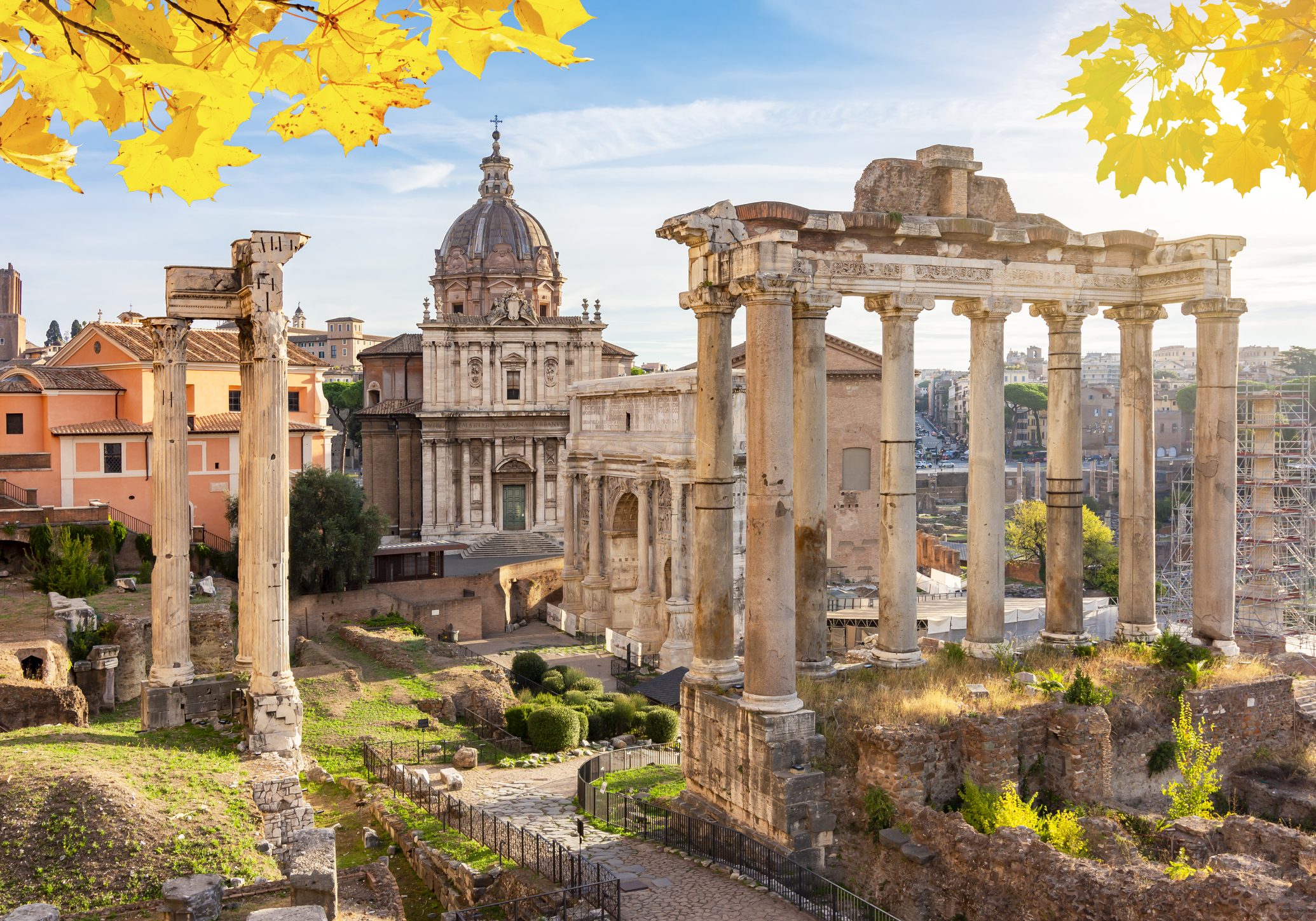
Quick Jumplinks to Navigate
There are plenty of things to see in the Roman Forum, and stepping into it feels like walking through the pages of history. This site, which was once the most vibrant neighbourhood in Rome, now serves as an important reminder of its bygone past. As you wander through the ancient ruins, you can see the majestic Colosseum with its towering arches.
Highlights include the Temple of Saturn, dedicated to the god of wealth and agriculture, and the Arch of Septimius Severus, adorned with intricate reliefs depicting military victories.
The Curia Julia, where the Roman Senate met, and the Rostra, a platform from which orators addressed the crowds, offer glimpses into ancient political and social life.
Visiting the Roman Forum is a journey back in time, where each stone tells a story of Rome. You will get to learn about the entire process of evolution from republic to empire, offering insights into law, politics, religion, and daily life in ancient Rome.
Here are the Top 10 Attractions to See in the Roman Forum:
1. The Curia:
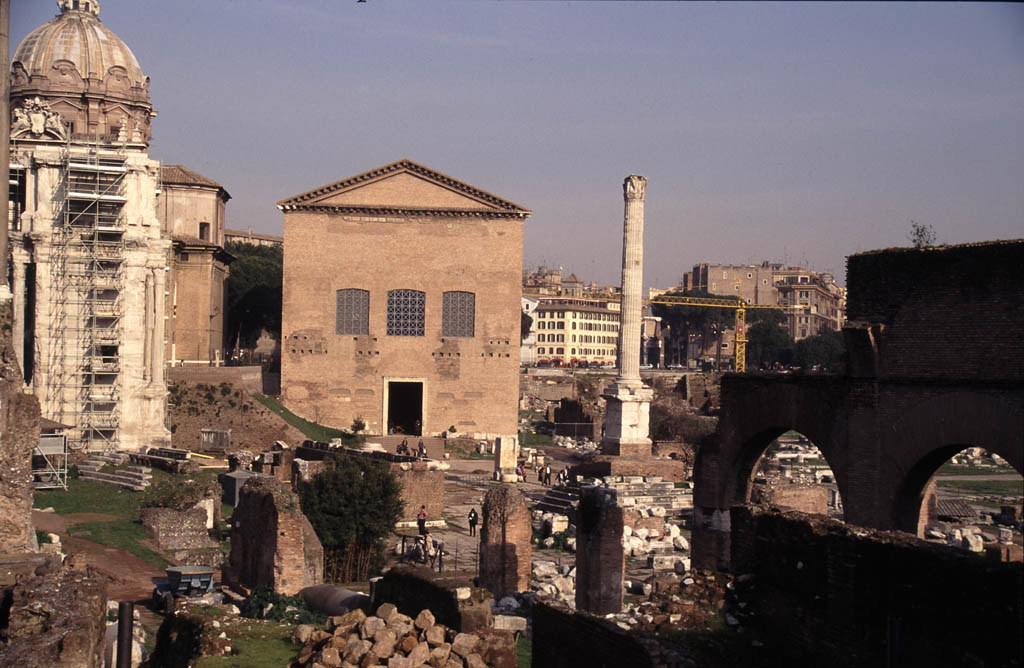
The Curia Julia, also known as the Julian Senate House, stands as one of the most well-preserved attractions to see in the Roman Forum. Unlike many others, it remains largely intact today due to its conversion into a church in later centuries.
This large structure served as the meeting place for the Roman Senate throughout the Roman Empire. The Curia’s roof collapsed in August 2018 but fortunately caused no injuries. Its historical significance makes it a must-see attraction when exploring the Roman Forum.
Book Now: Roman Forum Tickets
2. Temple of Julius Caesar:
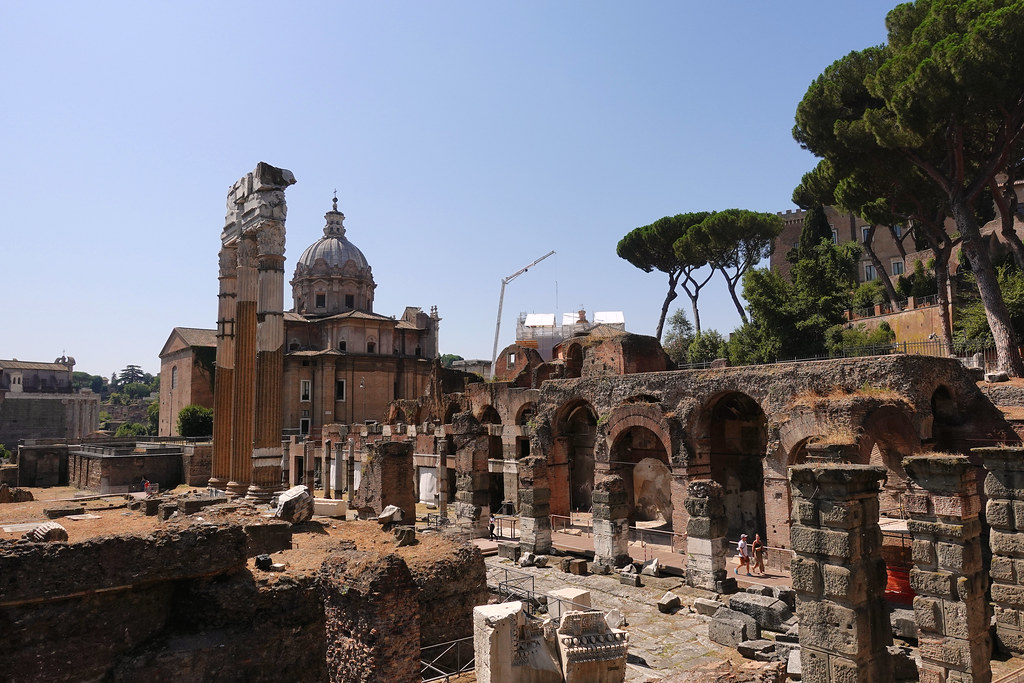
The Temple of Julius Caesar in the Roman Forum was dedicated to Julius Caesar by his adopted son Augustus. It was a significant site as Julius Caesar was the first Roman to be deified and buried within the Forum.
Taking a tour of this temple is one of the best things to do in the Roman Forum. It played a role in the political movements of those who supported or opposed Caesar’s legacy, reflecting the changing dynamics.
3. Temple of Saturn:
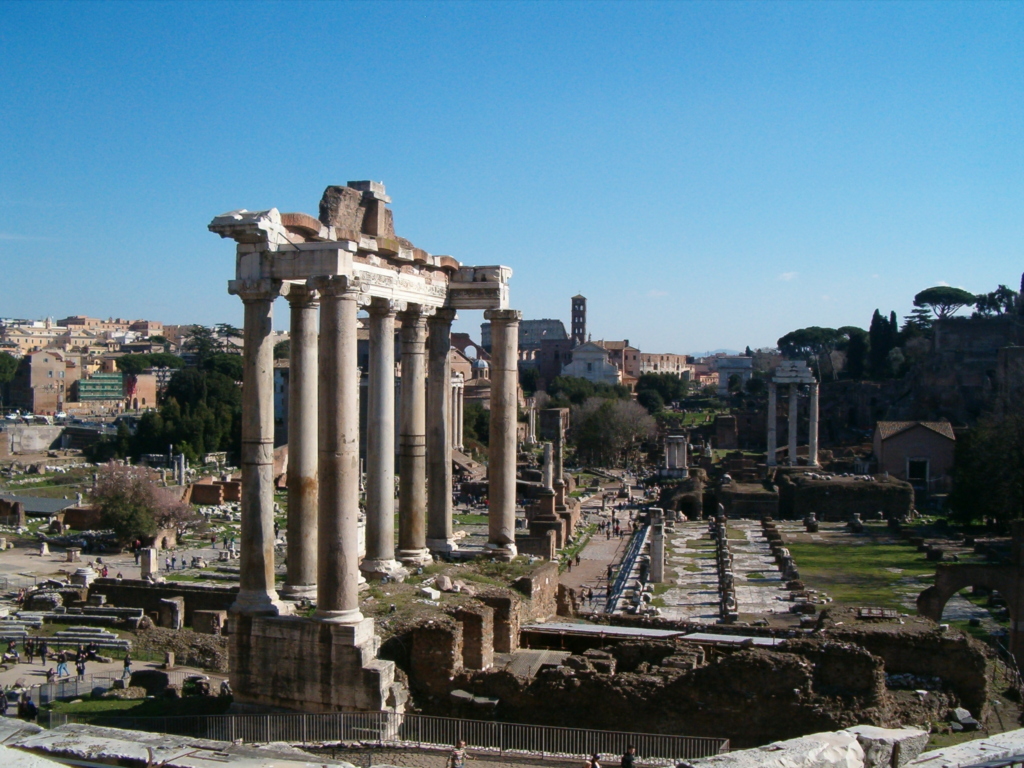
The Temple of Saturn in the Roman Forum dates back to 497 B.C., but the current structure was rebuilt in the 4th century A.D. after a fire. An inscription on the door frame notes the Senate’s role in its reconstruction.
Today, eight massive columns of granite and marble and the temple’s podium are all that remain. The temple was originally dedicated to Saturn, the god of wealth, and also served as the Roman treasury. The famous Saturnalia festival, held in December, was celebrated in his honour.
Planning a trip to Italy? Checkout our Italy Tour Packages Now!
4. Arch of Septimius Severus:
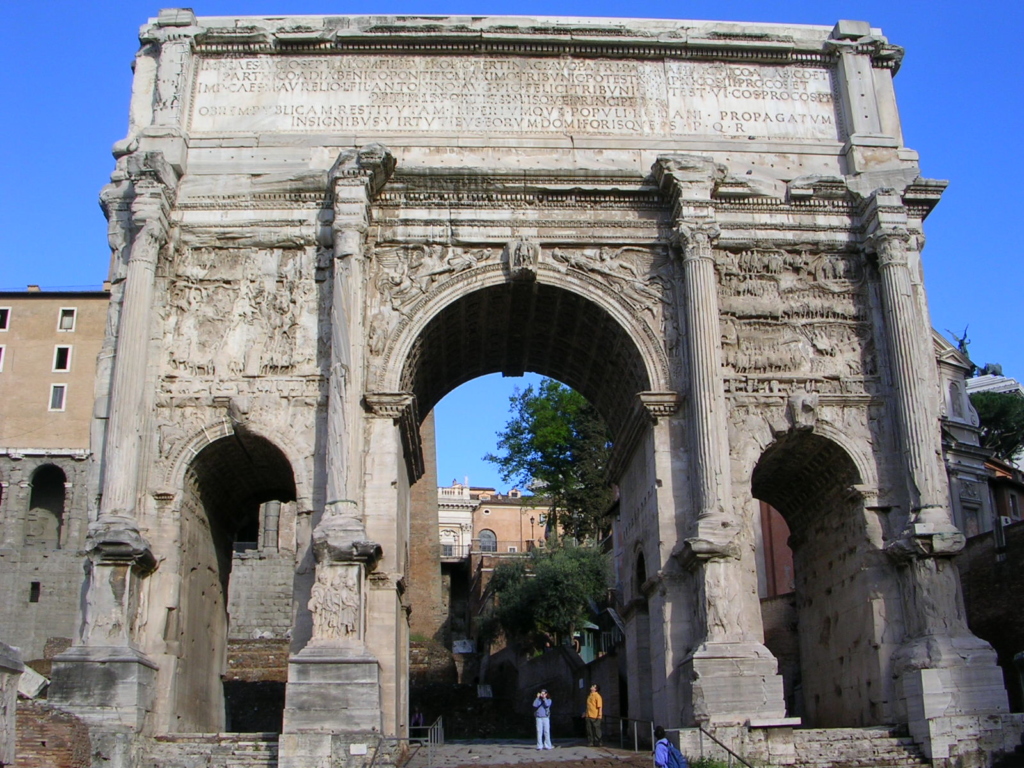
If you are wondering what to see in the Roman Forum, then begin with The Arch of Septimius Severus, one of the largest arches in Rome. This monument celebrates Emperor Septimius Severus’s victory over the Parthians.
Elegantly decorated, it features detailed reliefs showcasing battle scenes. The arch was also dedicated to his sons, Caracalla and Geta. However, Caracalla later erased Geta’s name after becoming the sole ruler. This arch is a must-see in the Roman Forum.
5. Temple of Castor and Pollux:

The Arch of Septimius Severus is a prominent landmark in the Roman Forum. Built in 203 AD, it celebrates Emperor Septimius Severus’s victories. It’s one of the most popular things to see in the Roman Forum due to its impressive reliefs and inscriptions.
The arch’s three arches are adorned with intricate carvings depicting scenes from battles. Standing tall and well-preserved, it offers a glimpse into Rome’s glorious past and its architectural grandeur.
Must Read: Places to visit in Rome
6. Mamertine Prison:
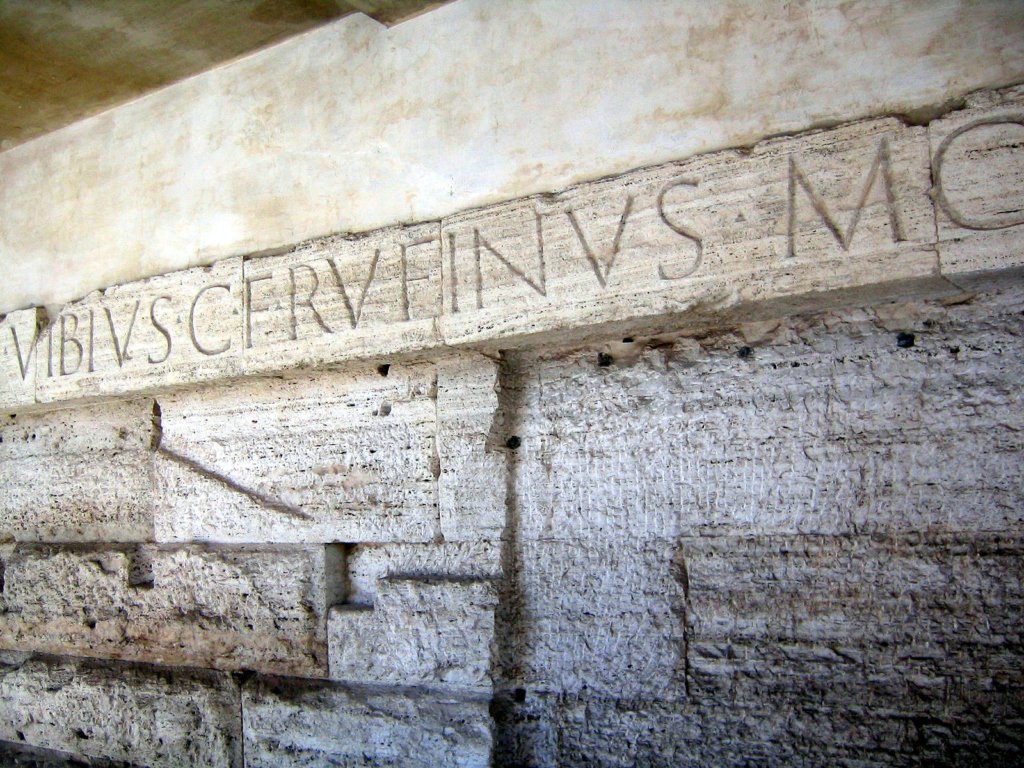
The Mamertine Prison, just outside the Roman Forum’s northern exit, dates back to the 7th century B.C. Known as the Tullianum, it was used for holding prisoners before the trial and execution processes.
Notably, St. Peter was imprisoned here before his crucifixion. The prison also held Jugurtha, king of Numidia, and Vercingetorix, the Gaul chieftain. Its historical significance makes it a key attraction to see in the Roman Forum.
7. Temple of Vesta and Eternal Flame of Rome:
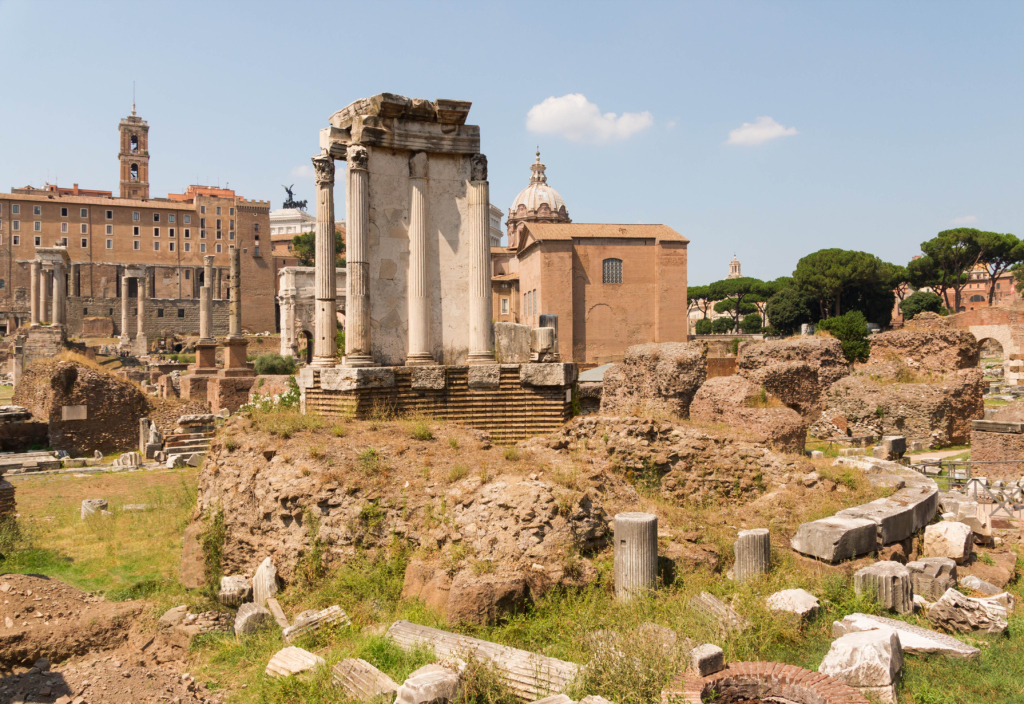
The Temple of Vesta in the Roman Forum housed the Eternal Flame, cared for by the Vestal Virgins. This circular temple, once surrounded by 20 Corinthian columns, symbolised Rome’s eternal life.
The Vestal Virgins were priestesses who practised celibacy and had an important role in Roman religion. They tended the sacred flame and lived in the nearby House of the Vestal Virgins.
For a glimpse into ancient Roman religious practices, this site is a key highlight in case you are worried about what to see in the Roman Forum.
Also Read: Things to do in Rome
8. Temple of Antoninus and Faustina:
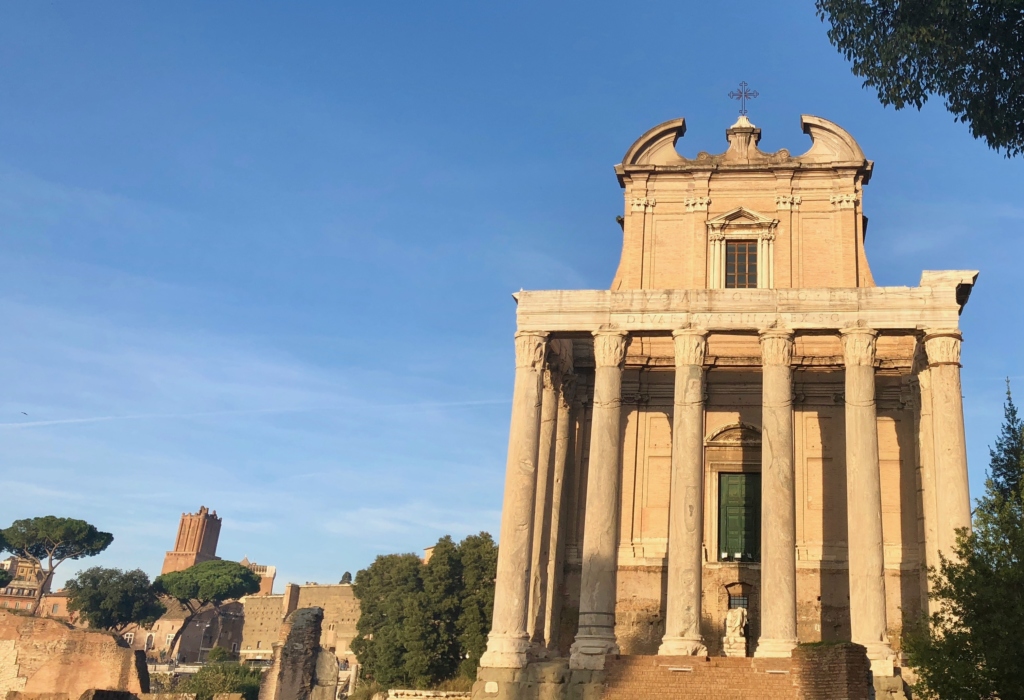
The Temple of Antoninus and Faustina in the Roman Forum is now the Church of San Lorenzo in Miranda. Originally built by Emperor Antoninus Pius in 141 AD for his wife, Faustina, it still retains its original marble columns and portico.
The temple was later converted into a church in the 7th century, preserving its ancient structure. This site reflects the layers of Rome’s history, showcasing the transition from paganism to Christianity.
It’s one of the fascinating attractions in the Roman Forum, highlighting Rome’s rich cultural and architectural heritage.
9. Temple of Romulus:
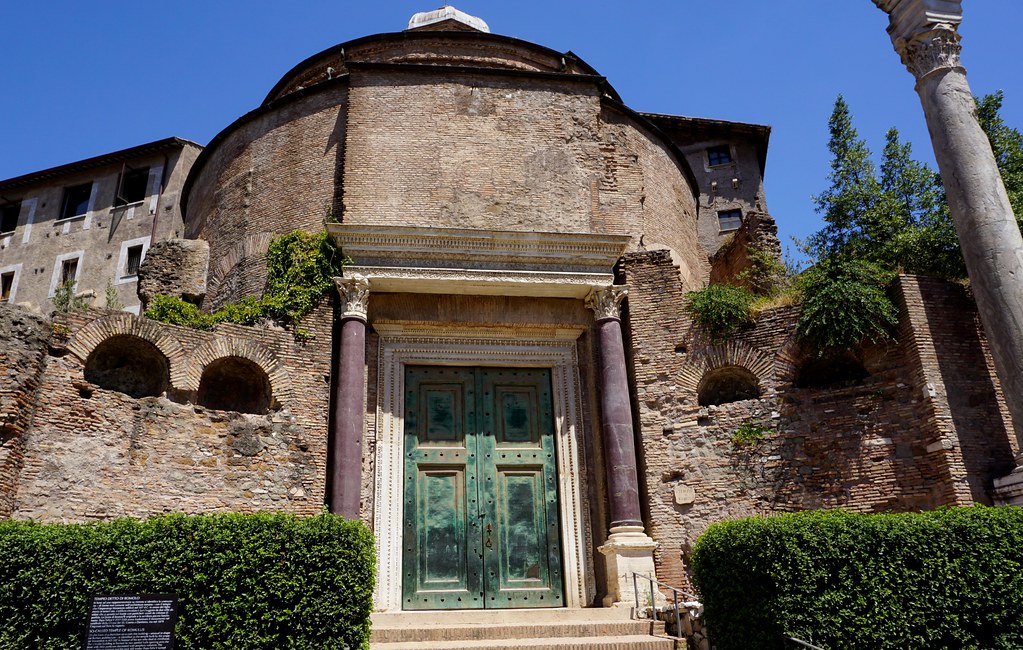
The Temple of Romulus in the Roman Forum is often mistaken for the founder of Rome. As one of the notable things to see in the Roman Forum, this temple’s bronze doors are original, dating back to A.D. 309.
It was dedicated by Emperor Maxentius to his son, Valerius Romulus, who was worshipped. When paganism was later prohibited, the temple was converted into the Basilica of Santi Cosma e Damiano. The well-preserved structure highlights Rome’s rich history.
10. Basilica of Constantine:
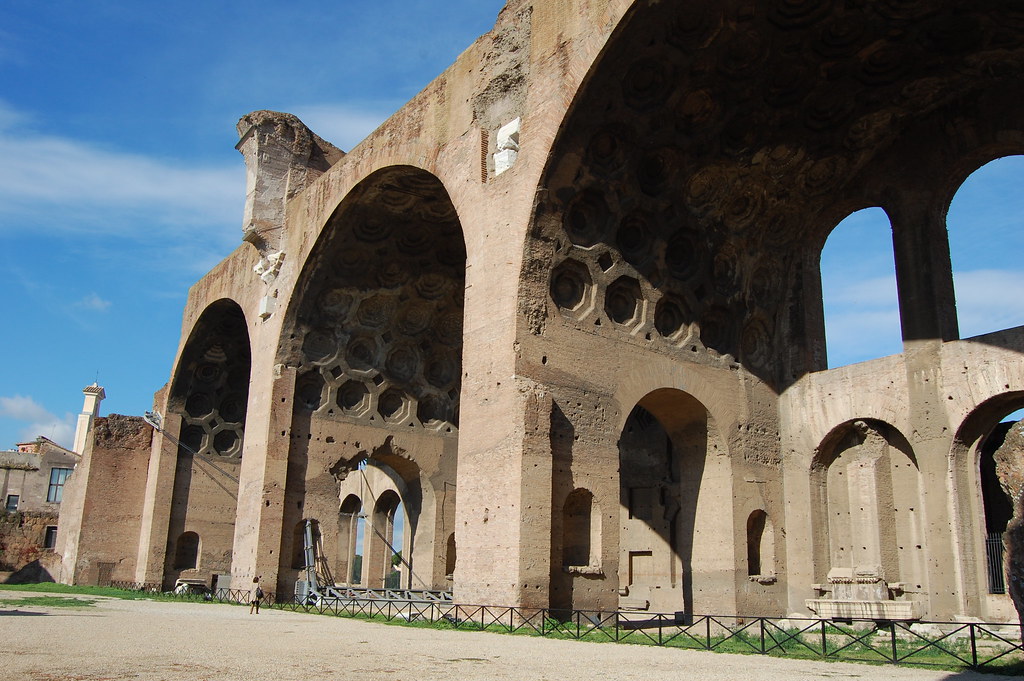
The Basilica of Constantine, originally called the Basilica of Maxentius, is a significant ruin in the Roman Forum. Built by Emperor Maxentius and later completed by Constantine, it was the largest building in the Forum.
The central nave was 265 feet long and 83 feet wide, with an impressive vaulted ceiling. Today, only three arches remain, hinting at its grand past. This site is one of the must things to see in the Roman Forum, showcasing ancient Roman architecture and history.
Frequently Asked Questions About Roman Forum
1. What is the Curia in the Roman Forum?
The Curia in the Roman Forum is where the Roman Senate met. It’s a large, well-preserved building that served as the centre of political life in ancient Rome. Built by Julius Caesar, it remains a key site, offering insights into the governmental workings of the Roman Empire
2. Where is the Temple of Julius Caesar located?
The Temple of Julius Caesar is located in the Roman Forum, in the heart of ancient Rome. It stands near the Regia and the Temple of Castor and Pollux and is one of the most famous attractions to see in the Roman Forum. This temple was dedicated to Julius Caesar after his assassination in 44 BC, and it became a place of imperial cult worship.
3. Why is the Temple of Saturn significant?
The Temple of Saturn is significant because it was one of the oldest and most important temples in ancient Rome. Dedicated to the god of wealth and agriculture, it housed the state treasury. It was also the site of various religious and political ceremonies, symbolizing Rome’s prosperity and power
4. Who were the Temples of Castor and Pollux dedicated to?
The Temples of Castor and Pollux were dedicated to the twin brothers Castor and Pollux, known as Dioscuri in Greek mythology. They were revered as patrons of travelers, sailors, and athletes. These temples in the Roman Forum symbolized strength, bravery, and protection in ancient Rome.
5. What is the history of the Mamertine Prison?
The Mamertine Prison, located in Rome, dates back to the 7th century BCE. It’s where ancient Romans held prisoners, including famous figures like Saint Peter and Jugurtha, the Numidian king. Over time, it became a symbol of Roman justice and is now a historical site visited for its ancient significance.
6. What was the purpose of the Temple of Vesta?
The Temple of Vesta in ancient Rome served as the sacred heart where the eternal flame symbolized the continuity and security of the Roman state. Priestesses called Vestal Virgins tended the fire, believed essential for Rome’s well-being. It was a religious center and a symbol of Rome ensuring authority and stability.
7. What is unique about the Temple of Antoninus and Faustina?
The Temple of Antoninus and Faustina is unique because it was originally dedicated to Emperor Antoninus Pius’s wife, Faustina the Elder. After his death, Antoninus was deified, and the temple was rededicated to both of them. This adaptation reflects the Roman tradition of honouring emperors and their families, making it one of the notable things to see in the Roman Forum
